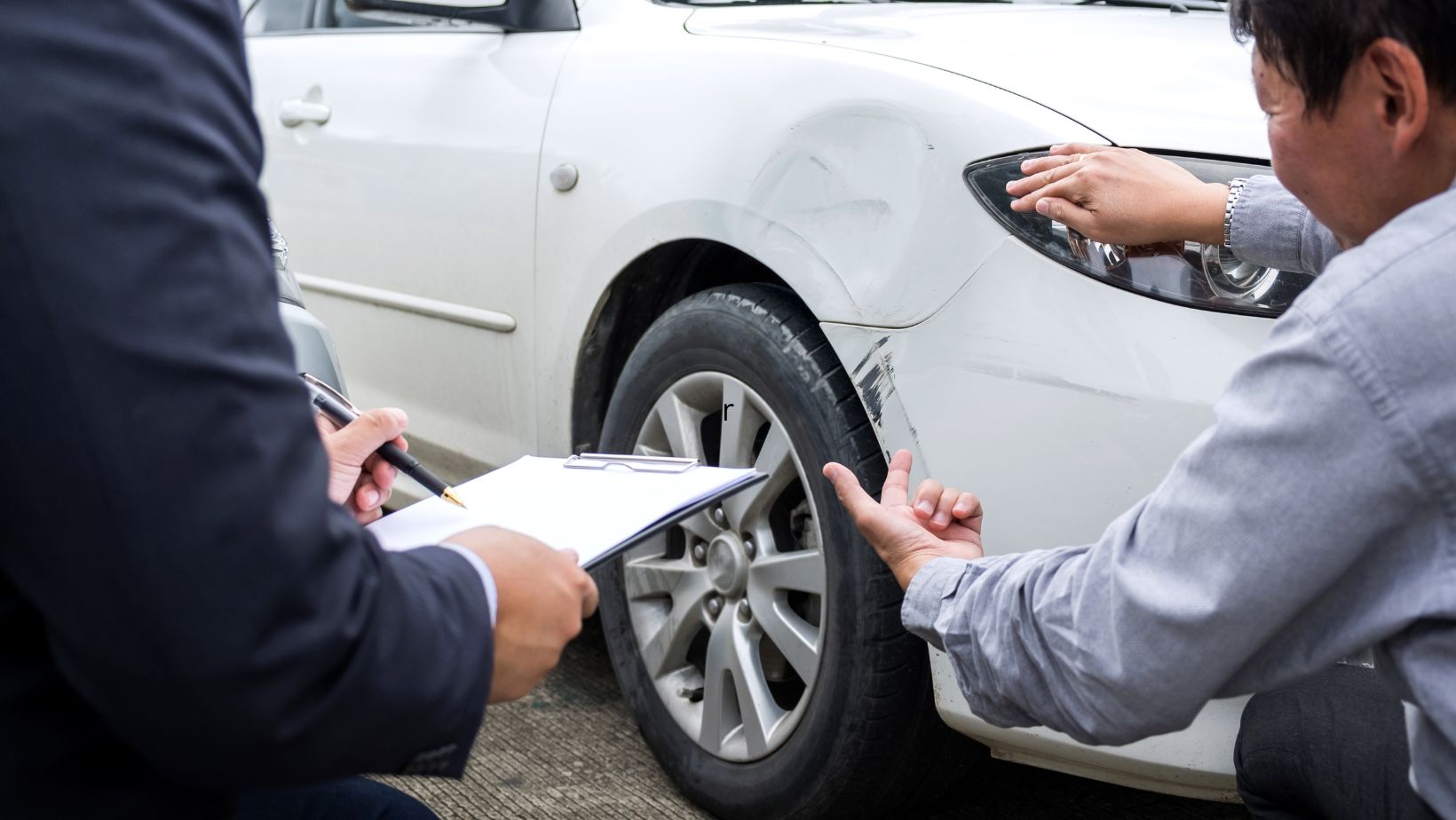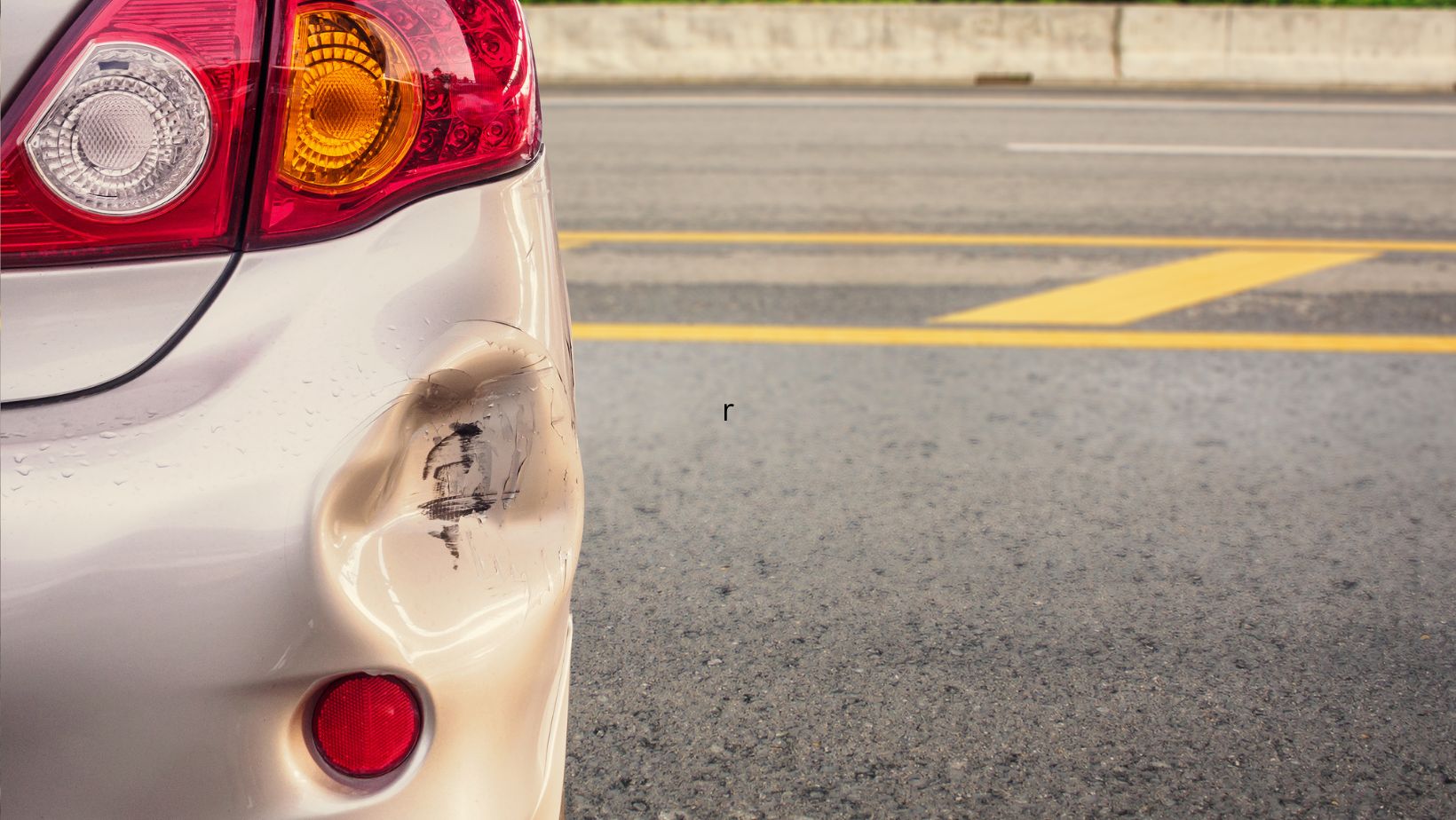
Cost To Repair Dent In Car
If you’ve ever found yourself with a dent in your car, you know how frustrating it can be. Not only does it affect the appearance of your vehicle, but it can also potentially decrease its value. So, naturally, one of the first questions that comes to mind is: What will it cost to repair the dent?
The cost to repair a dent in a car can vary depending on several factors. The size and location of the dent play a significant role in determining the extent of the repairs needed. Additionally, the type of material your car is made from (such as aluminum or steel) can also impact the overall cost.
In some cases, minor dents can be fixed through techniques like paintless dent repair (PDR), which involves manipulating and massaging the metal back into shape without needing any additional paintwork. This method tends to be less expensive than traditional bodywork repairs that require filling, sanding, and repainting.
Factors Affecting the Cost to Repair a Dent in a Car
Factors that Determine the Severity of a Dent
When it comes to assessing the cost of repairing a dent in a car, several factors come into play. The severity of the dent is one of the primary considerations. Here are some key factors that can influence how severe a dent is:
- Size: The size of the dent plays a significant role in determining repair costs. Smaller dents, such as those caused by hail or minor collisions, tend to be less expensive to fix compared to larger dents that require more extensive repair work.
- Depth: The depth of the dent also affects repair costs. Superficial dents that haven’t compromised the underlying structure may be easier and cheaper to fix than deep dents that have caused structural damage.
Types of Car Dents and Their Repair Costs
Different types of dents can vary greatly in terms of their complexity and associated repair costs. While there are numerous types, here are three common categories:
- Minor Dings: These small surface imperfections often result from door impacts or minor accidents in parking lots. Minor dings typically involve shallow depressions without any paint damage and are generally straightforward and affordable to fix.
- Creases: Creases occur when there’s an extended line-shaped indentation along your car’s body. These dents require more skill and effort to repair, as they often involve stretching and reshaping the metal. Consequently, fixing creases may be pricier compared to minor dings.
- Collision Dents: Collision dents are usually more severe and result from high-impact accidents or collisions. These dents can vary greatly in size, depth, and location, making their repair costs highly dependent on the specific circumstances of each case.

Repair Techniques for Different Types of Dents
When it comes to repairing dents in cars, there are different techniques that can be employed depending on the type and severity of the dent. Here, I’ll discuss some common repair techniques used for different types of dents:
- Paintless Dent Repair (PDR):
- PDR is a popular technique used to fix minor dents where the paint has not been damaged.
- It involves accessing the backside of the dent and using specialized tools to gently massage and reshape the metal from behind.
- This technique is effective for small dings, hail damage, and minor creases.
- Traditional Dent Repair:
- For larger or more severe dents that have caused paint damage, traditional dent repair methods may be necessary.
- This technique involves filling the dent with body filler material, sanding it down to match the contour of the car’s body, and then repainting over it.
- Traditional dent repair is suitable for deep scratches, significant impacts, or when PDR is not feasible.
- Dent Pulling:
- Dent pulling utilizes specialized tools such as suction cups or slide hammers to pull out larger dents from panels.
- The process involves attaching these tools to the surface of the dent and applying controlled force to gradually straighten out the metal.
- Dent pulling may require additional refinishing work depending on the extent of damage.
It’s important to note that while these techniques can effectively repair various types of dents, there are limitations based on factors like location, size, depth, and overall condition of your car’s body. Consulting with a professional auto body repair technician will help determine the most suitable technique for your specific dent, ensuring a quality repair job and preserving the value of your vehicle.
In summary, different types of dents require different approaches when it comes to repairs. Whether it’s utilizing paintless dent repair, traditional methods, dent pulling, or heat shrinkage techniques, there are options available to restore your car’s appearance and maintain its value.






































